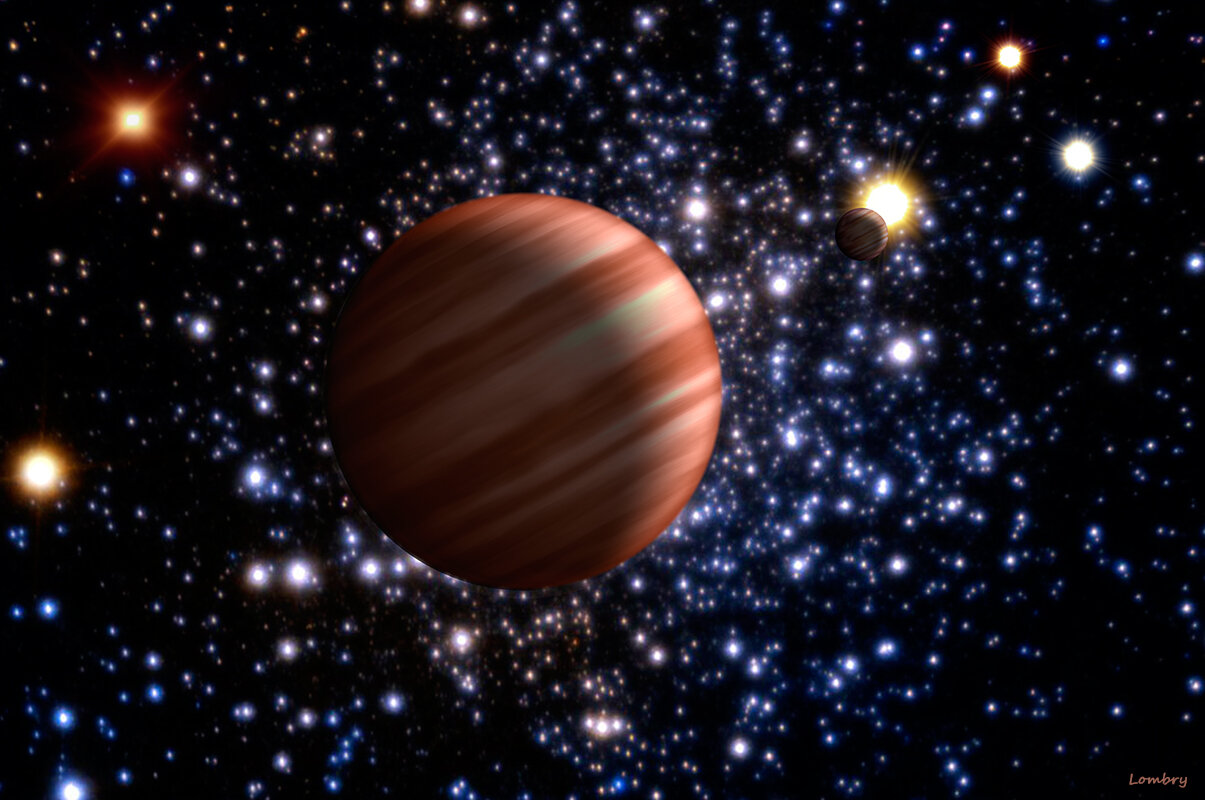Explore This
Exoplanet Exploration: Historic Timeline
The two missions that have done the most in exoplanet research are Kepler and TESS. Learn more about them:
Kepler
TESS
Other missions conducting exoplanet research:
Exoplanet Projects and Instruments
Hubble Space Telescope Video Archive: Exoplanets
There are no real images or videos of exoplanets, but these are cool artists’ impressions.
People:
A listing of scientists, writers, and administrators who work on projects related to exoplanets.
Michel Mayor and Didier Queloz
Watch This
How TESS Collects and Processes Data
Runtime: 1 minute 53 seconds
How To Discover A New Planet
Runtime: 3 minutes 33 seconds
NOVA: Finding Life Beyond Earth | Planet-Hunting*
Runtime: 4 minutes 34 seconds
*This video is also available in Spanish by clicking "Also Available In Spanish" underneath the video player.
Do This
Kepler Exoplanet Transit Hunt
This is an advanced activity, so ask for your leader's help. Make sure you enable Adobe Flash Player and avoid using Internet Explorer.
In the "Planet Size" section, it lists Mars as one example of a planet too small to hold an atmosphere, which is not completely accurate.
Explore Exoplanets
DIY Planet Search
Using the DIY tools you will collect and analyze your own images of other star systems. This investigation consists of 5 steps. Scheduling a target, controlling the telescope, mesauring brightness, interpeting and sharing, and finally sharing community results.
Download Images For Your Exhibit
Hubble Space Telescope Image Database of Exoplanets
There are no real images of exoplanets, but these are cool artists’ impressions.
Choose Your Template
Use these templates, which are PowerPoint files, to create your exhibit. Follow the specified guidelines for text and picture boxes.
Be sure to include proper credits for your images. You may include a logo of your program, school, or organization if desired.
Download A Template:
Blue Template
Purple Template
Orange Template
Design Exhibit
- Write poster title
- Insert images
- Write image labels and text boxes
- Write credits and insert logo
- Save work
Present Your Work







